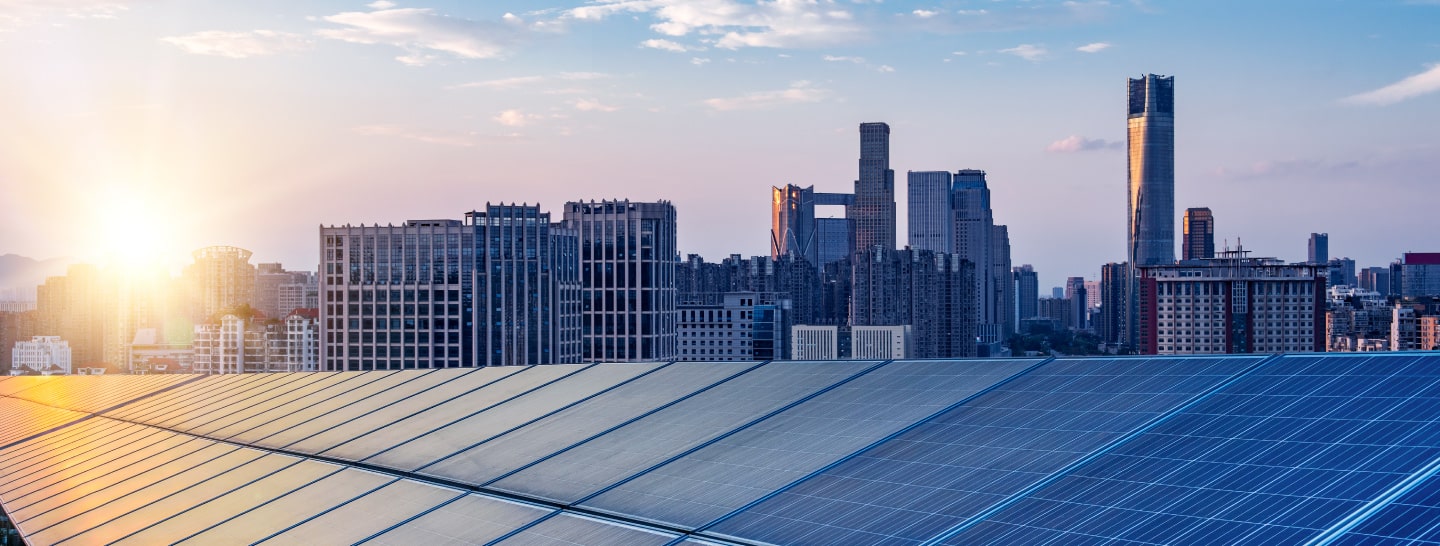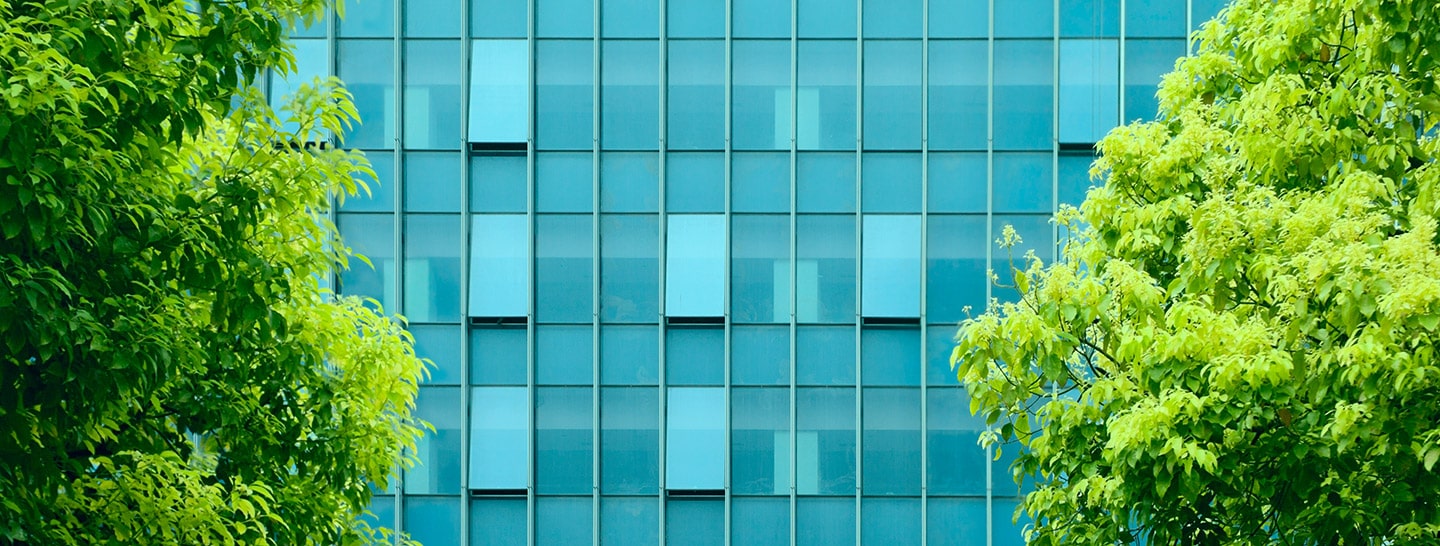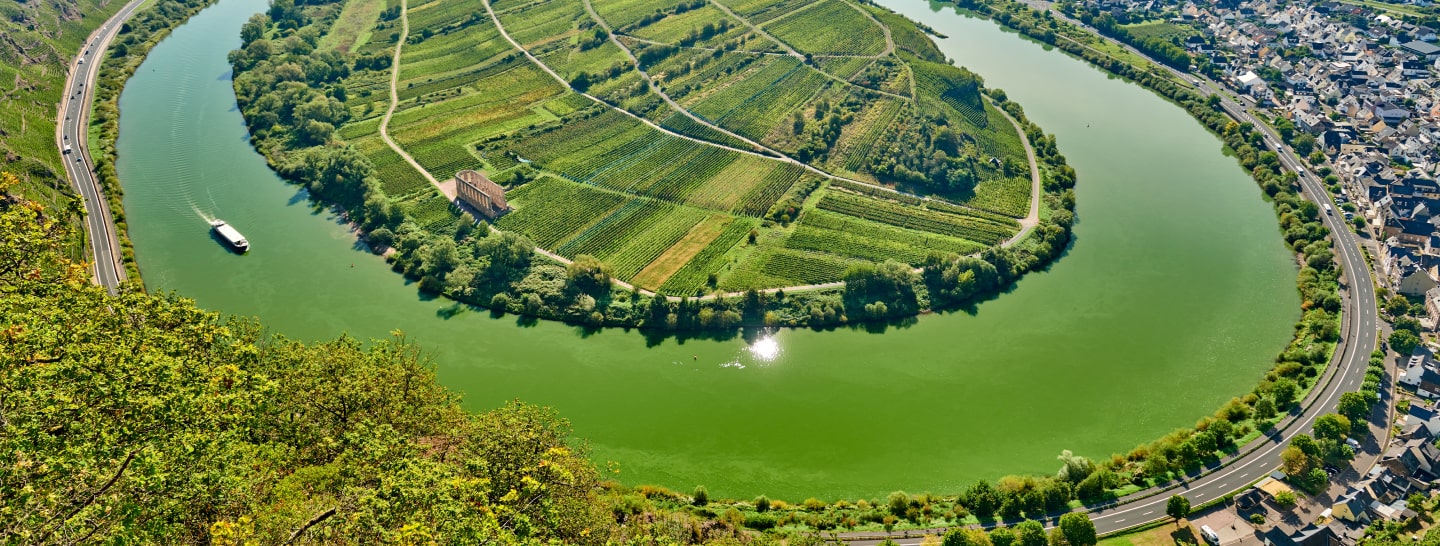What are the five principles of green economy?
Based on a people-and nature-centric model, the principles of green economy can be summarized as follows:
- Wellbeing: a people-centric model, the green economy seeks to allow everybody to increase their wellbeing, not just in economic terms, but also in terms of human, social, physical and cultural capital. It prioritizes access to knowledge and education, more environment-friendly production technologies and processes, and sustainable infrastructure, allowing people to prosper while treating nature and our natural resources sustainably.
- Justice and good governance: the green economy promotes good governance because it is founded upon accountable, transparent and resilient institutions. It promotes devolved decision-making and open dialog, keeping vested interests out of the decision-making process. By requiring broad public support, it encourages collaborative approaches to problem-solving.
- Poverty eradication: by opening up entirely new economic sectors that require new skills and training, the transition to the green economy offers substantial investment and job creation opportunities. The green economy is inclusive and non-discriminatory, promoting equal income distribution and opportunities while reducing disparities between - and among - people.
- Energy-efficiency: a green economy focuses on using resources efficiently, in a circular manner, so as to reduce waste to a bare minimum. It seeks to rebalance the consumer-driven model towards one that is more sustainable in terms of natural resource usage.
- Low-carbon development: the green economy is based on the use of renewable energy sources - like solar, wind, hydroelectric and hydrogen - that generate little or no amounts of CO₂ emissions. A low carbon economy is also one that encourages extensive electrification - with energy produced sustainably from renewable sources - in industry, mobility and other aspects of life.
The green economy takes a long-term perspective, focusing on the ways in which resources are used to deliver value to society. It’s not just about low-carbon fuel sources; it’s also about how efficiency and sufficiency of resources can be fostered to create wealth, resilience and wellbeing for the citizens of today and tomorrow - all while respecting our planet’s ecological limits. From investments in wellbeing to sustainable practices, the characteristics of a green economy are inclusive and non-discriminatory. It’s a model that - while improving wellbeing - also guarantees a significant reduction in environmental risks and resource scarcity.
What are the business opportunities of the green economy transition?
The challenge for companies transitioning to a green economy is to deliver economic growth while fostering a symbiotic and positive relationship between nature and humans.
Green economy business opportunities emphasize creating a healthy environment and promoting the well-being of all by promoting the use of low-carbon technologies and practices, and using technologies that rely on clean and renewable energy.
The transition to a green economy business model is necessary for companies to achieve sustainable development targets. This virtuous circle encourages resource and energy efficiency and promotes sustainable production, enabling the use of environmentally friendly technologies, processes, and products.

What are the examples of green economy?
Green economy examples, in terms of actions taken by people in their everyday lives, include:
- Choosing local, “zero-kilometer” agricultural produce made following organic methods (without the use of chemical pesticides and fertilizers, for example);
- Making use of sustainable mobility - like electric scooters and cars - instead of fossil-fuel powered alternatives;
- Electrifying cooking, by replacing gas stoves with electric ranges;
- Avoiding taking cars and scooters whenever possible and using public transport in their stead;
- Recycling lithium batteries, whose production requires environment-damaging extraction of cobalt and lithium;
- Making lifestyle choices that can help decrease energy use, like keeping air conditioners set at higher temperatures in summer.
The same can be said for businesses and industry. In this case, virtuous examples of green economy behavior include:
- Developing and implementing productive systems that use energy as efficiently as possible;
- Investing in and using low-carbon, renewable energy sources to power factories and machinery;
- Recycle as much as possible and use recycled packaging for product distribution;
- Simplifying the end-of-life management of the product cycle.









